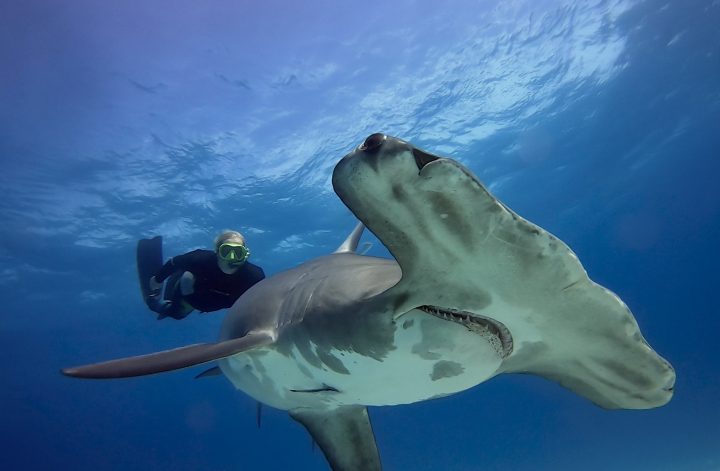The ocean is home to a variety of fascinating creatures, but few are as peculiar and captivating as the Mola Mola, also known as the oceanic sunfish. With its unique shape, impressive size, and intriguing behavior, the Mola Mola has captured the attention of marine enthusiasts and scientists alike. In this blog, we’ll explore the life and characteristics of this extraordinary fish.
Meet the Mola Mola
The Mola Mola, or oceanic sunfish, is one of the heaviest bony fish in the world, with some individuals weighing up to 2,200 pounds (1,000 kilograms) or more. Despite its massive size, the Mola Mola is easily recognizable by its unusual appearance. Its body is flattened laterally, giving it a disk-like shape, and it has a truncated tail, known as a clavus, instead of a typical caudal fin. This unique body structure makes the Mola Mola look as though it’s just a large head with fins.
Habitat and Distribution
The Mola Mola is a pelagic fish, meaning it lives in the open ocean rather than near the coast or the sea floor. It is found in temperate and tropical waters worldwide, from the Atlantic and Pacific Oceans to the Indian Ocean and the Mediterranean Sea. Mola Molas are known to migrate long distances, often traveling thousands of miles across ocean basins.
Diet and Feeding Habits
Despite their massive size, Mola Molas primarily feed on small, soft-bodied animals. Their diet mainly consists of jellyfish, salps, and other gelatinous zooplankton. They also consume small fish, squid, and crustaceans when available. Due to the low nutritional value of jellyfish, Mola Molas must consume large quantities to sustain their energy needs.
Behavior and Reproduction
Mola Molas are known for their behavior of basking near the surface of the water, often lying on their sides as if sunbathing—hence the name “sunfish.” This behavior is believed to help regulate their body temperature after deep dives into colder waters in search of food. Additionally, basking at the surface may aid in attracting seabirds to pick off parasites from their skin.
Reproduction in Mola Molas is still somewhat of a mystery, but we do know that they are incredibly prolific. A single female Mola Mola can produce up to 300 million eggs in one spawning season, making them one of the most fertile fish in the ocean. The eggs hatch into larvae, which look nothing like their adult counterparts, starting as tiny, spiky, star-shaped creatures.
Conservation Status
Although not currently listed as endangered, Mola Molas face several threats, including bycatch in commercial fisheries, plastic pollution, and boat strikes. Their slow-moving nature and tendency to bask near the surface make them particularly vulnerable to human activities. Conservation efforts are ongoing to better understand and protect these gentle giants of the sea.
Fascination and Research
The Mola Mola continues to be a subject of fascination and study for marine biologists. Despite their size and unusual appearance, much about their behavior, migratory patterns, and life cycle remains a mystery. Research efforts are crucial in shedding light on these enigmatic creatures and ensuring their conservation for future generations.
Conclusion
The Mola Mola, with its unique shape, gentle demeanor, and vital role in marine ecosystems, is a true wonder of the ocean. As we continue to learn more about these fascinating fish, it’s important to raise awareness about their conservation and the challenges they face in our changing oceans. Next time you find yourself near the open sea, keep an eye out—you might just spot one of these incredible oceanic sunfish basking in the sun!




